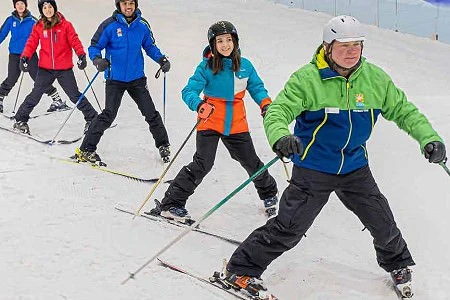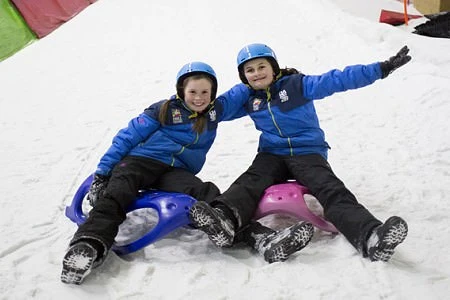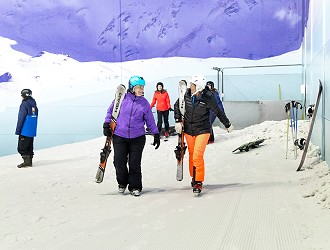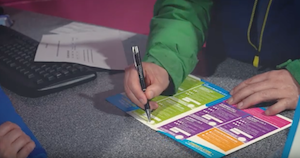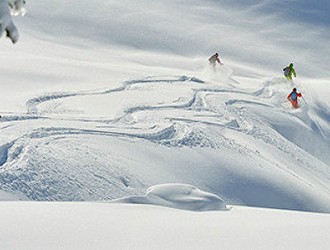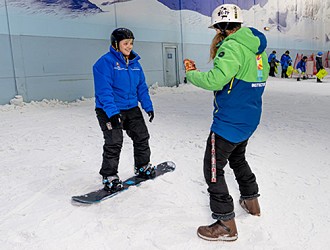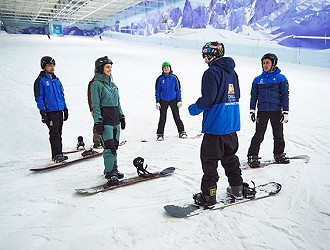Backcountry Skiing Tips & Tricks
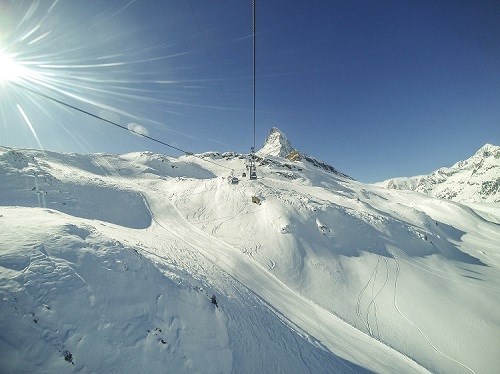
Back Country Skiing
One of the most supreme joys of skiing is getting away from the crush of the slope and the never-ending chains of ski school children and hitting the back country for some real deep powder skiing. But the back country skiing is inherently dangerous and there’s a whole bunch of stuff you need to know before you go.
If you can’t manage the techniques needed on the groomed slopes, you’re going to stack it in the backcountry, plain and simple. And if you don’t learn your snow safety before you go you will be putting yourself and those with you at serious risk.
Back country terrain is by its very nature, unpredictable. All that soft powder and crud means you have no idea what is lurking just beneath the surface. Avalanches aren’t uncommon and people can get hurt.
At Chill Factore we can help you hone and perfect your skiing skills so that when you get out there you are all set for getting away from the crowds and hitting the powder.
Equipment
Going into the back country is not to be taken lightly, you must travel prepared and carry all the essentials with you. Essentials include a transceiver (take one and learn how to use it before going anywhere near the back country), shovel and avalanche probe, as well as a backpack to carry it all in. You will need an emergency warm layer of clothing in case something does happen, first aid, food and water: if you get trapped you don’t know for how long it might be.
You will also need the means to make a fire for warmth and tools for your equipment should anything to happen to them.
Wear layers so that you can add and remove layers as you go: all that climbing is going to be hot work yet if the weather changes or the wind picks up you are going to need warm clothing to wrap up in. You’ll also need a hat and sunglasses and of course skins for your skis so that you can stay on your skis to make the ascent.
And of course, a ski partner…
Never go Alone
Avalanches, crevasses, rocks, and steep descents: whilst skiing in the backcountry can be a truly exhilarating ride, it can also be very dangerous and you should never go alone.
Always take a partner, make sure that you are both well versed into how to use your equipment and deal with avalanches and always tell someone where you are going and when you expect to be back.
Fitness
There’s a lot of climbing, walking and hiking involved in back country skiing as there are no lifts to get you to the top. Improving your fitness and being strong and healthy is a sure fire way of enjoying your day a lot more. You will need strong legs, plenty of stamina and it’s worth spending time running and working on weights in the gym to build these up several months before you plan to start venturing into the back country.
Go With Someone Experienced
No amount of preparation and reading can ever make up for having someone with experience there to help you and guide you along the way. Start small by not going too far or for too long and take a guide with you who knows the area and is experienced in back country skiing. The things you will pick up from them during the trip will prove invaluable and you’ll have the peace of mind of knowing that at least someone in your party knows what they are doing and where they are going.
Be A Great Skier
You really do need to know your stuff before you take your skis off into the back country: you need to have great balance, be able to ski in powder and make short pivot turns. And all of that comes with practice. Luckily for you Chill Factore is open 7 days a week for you to get those hours in and our expert instructors are on hand to help guide you through the stages of skiing so that when you do hit the back country, you are ready for it.

